Estimated reading time: 6 minutes
A few years ago, we found ourselves with a new fight on our hands. Queensland fruit fly, a cunning and successful enemy, arrived in our town.
Fighting fruit fly was something we’d been dreading for many years.
Harcourt has a long fruit-growing history dating from the goldfields. Our industry has learned how to deal with most pests of fruit trees but was always free of fruit fly.
Climate change and government defunding of prevention measures have changed that. Queensland Fruit Fly is steadily marching into areas that previously didn’t suit it.
It’s one of the most insidious pests of fruit. It threatens to abruptly end our fruit production heritage by decimating home gardens and commercial crops alike.
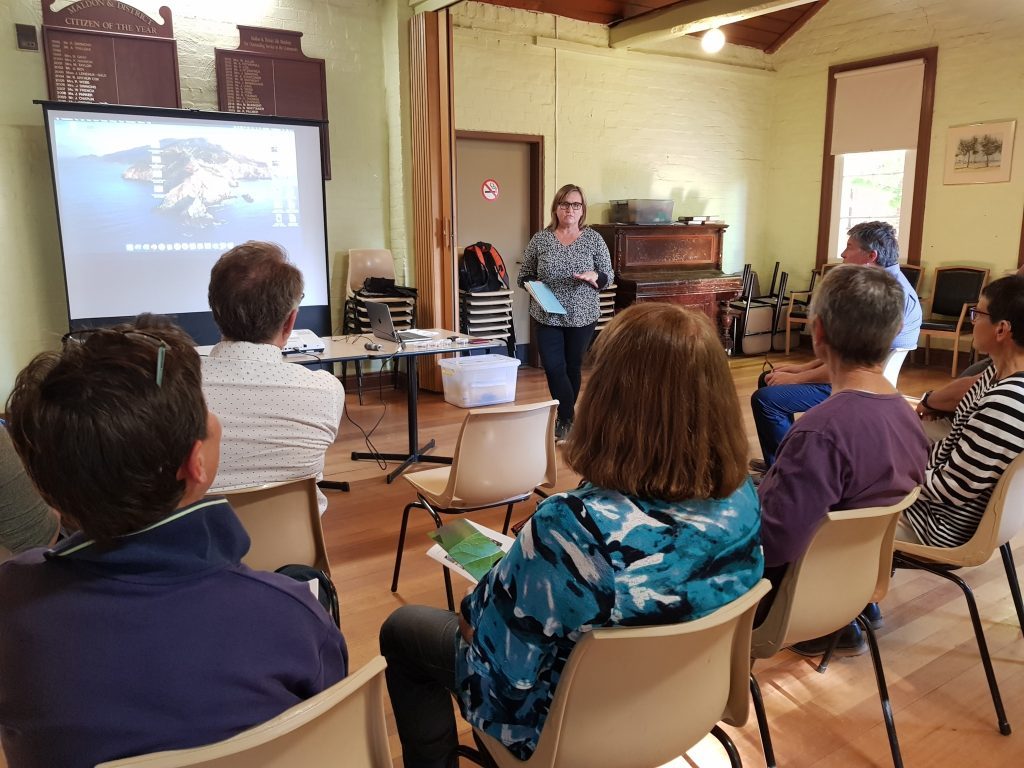
The first warning signs
In 2018 we attended our first-ever fruit fly meeting.
After a couple of sightings in a nearby town, a couple of local women organised a series of information sessions. Megan Hill, the project officer for the Fruit Fly Action Plan, and Ali Brookes of Maldon Cherry Farm started educating the community.
A small crowd of farmers and gardeners gathered at the Harcourt Anglican Hall.
We discussed the history of the Queensland Fruit Fly and its march south over the eastern states. Then we covered the life cycle of the insect and the diverse range of fruit it will affect. We talked about what to do with infected produce.
An important part of the meeting was talking about a range of defense actions. Netting, baiting, trapping, and hygiene were all discussed at length.
However, the main message from that first workshop was that one person can’t manage this pest alone.
Since then, we’ve been on a mission to understand everything about how to fight fruit fly. We’re keen to help gardeners manage this pest so they don’t lose their whole crop.
We’ve been to many more workshops and organised workshops at our place. We’ve even tracked down one of Australia’s leading fruit fly experts to run this masterclass for us.
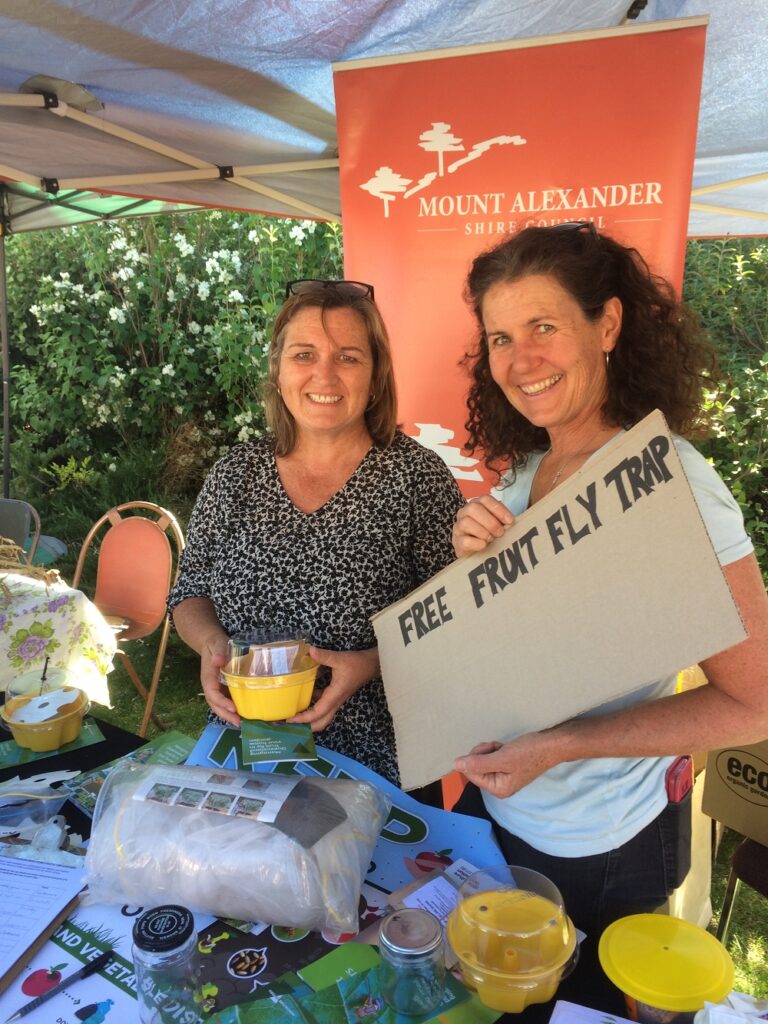
Working together to fight fruit fly
One of the things we’ve learned is that it will take a unified effort from the entire community. We need to work together if we want to safeguard our veggie gardens and orchards.
Every backyard fruit tree and garden must be managed properly or removed. That means:
- installing traps to monitor the population;
- netting plants or bagging fruit;
- using baiting sprays if necessary (there are organic and nonorganic options available);
- having some chooks or ducks to reduce fly numbers;
- If any fruit is found to be infected it must be collected immediately. The flies can be killed in a couple of ways. Solarising means placing the fruit in a garbage bag and leaving it in the sun for a few days. Fruit can also be frozen.
- Infected fruit can NOT be composted as this is the perfect environment for the larvae to pupate and hatch.
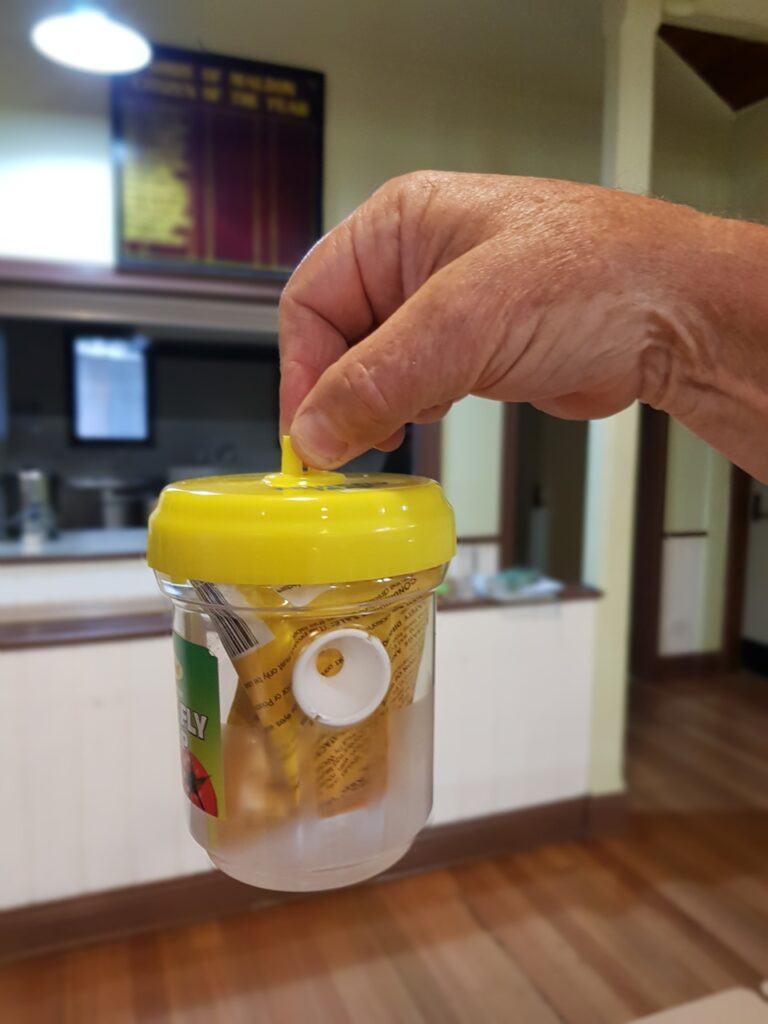
Learning through experience
If you haven’t yet had to deal with fruit fly, the prospect is daunting, to say the least.
The first experience of fruit fly damage is often one of the worst. If you haven’t expected and prepared for the worst, the damage can be devastating.
It’s not uncommon for people to lose an entire crop of fruit the first time that fruit fly finds their garden. To say that it’s a demoralising experience is an understatement.
In fact, we’ve worked with lots of people who have been so disheartened they’ve been tempted to give up trying to grow fruit at all.
Fighting fruit fly will make you a better fruit grower
Trying to grow fruit organically makes you a better fruit grower in the long run.
Resorting to chemicals to kill an insect might feel like the easy option, but in fact, it’s a poor long-term strategy.
Being faced with a new pest is an opportunity to expand your knowledge and skills. The important things are not to give in to the feeling that you can’t win, and to tackle the problem with your neighbours!
The solution to fear about a problem is to take action.
5 things you can do to fight fruit fly!
- Get informed – we have loads of info on our website, including this free Queensland Fruit Fly Resource Pack (which includes useful fruit fly websites). It’s also worth checking whether your state and/or your local council area have any specific fruit fly resources. Are there any local fruit fly groups on Facebook?
- Talk to your neighbours – there’s not much point in you controlling fruit fly perfectly in your yard if the neighbours are ignoring the problem. If there’s not already a local fruit fly group in your area, considering starting one.
- Ask your local council if they’ll hold a workshop for local gardeners – even if they’ve done this in the past, this is an activity we believe every council should do every year.
- Be prepared – start the season with your fruit fly plan already in place. It might not be completely successful (particularly in the first few years as you’re learning what to do), but having a plan in place will definitely ease your anxiety.
- Don’t give up! We can tell you with certainty that there are many successful fruit growers all around Australia who have figured out the protocol that works for them. It can work for you too.
Related Articles
How much fruit will your tree produce?
Working out how much fruit a mature fruit tree can grow will help you plan how many trees you need in your garden to meet your family’s needs.
What broke my fruit tree?
Broken fruit trees can be caused by animals eating them, or accidental damage. Identifying the animal is the first step to prevention.
How to review and improve your fruit tree netting
Ineffective netting over your fruit trees may be costing you more than you think, so review your netting at the end of the season.

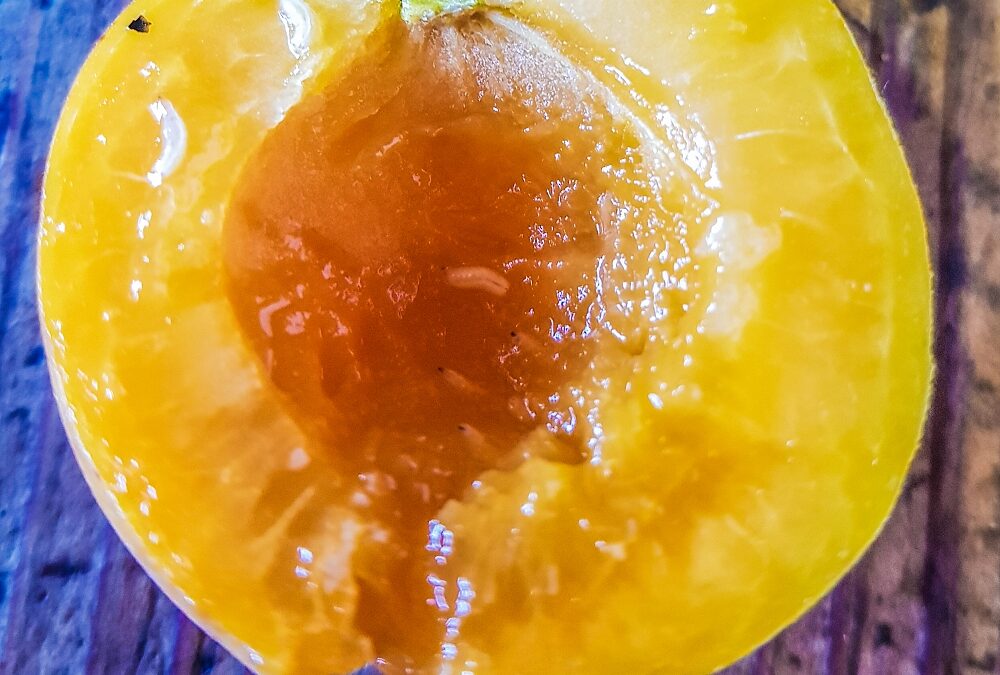

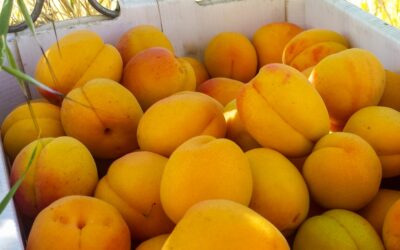




We’re in Queensland. We had fruit fly here a long time ago but with the natural baits and making sure we picked up infected fruit or any fruit lying on the ground we found in no time there were no fruit fly any more on our property. That’s nearly 30 years ago. The migration has nothing to do with global warming and everything to do with lax border checks for fruit. When I was young, vehicles were physically checked at the border stops and everyone would have to remove any fruit. Now it’s lax; many fruit cross the border. Mass dumps of fruit where fruit is dumped because it doesn’t conform are perfect breeding grounds. It’s not global warming. It’s lax border checks and mass scale dumping of fruit that’s the problem. We’ve had our coldest winter here in years. It’s a cycle. Fruit fly aren’t fussy about the cold/heat.
Thanks for this comment Lyn, sounds like you were really proactive! And you’re right, it really does seem like biosecurity awareness is a lot lower these days in general. Hopefully we can all get our act together down here and work to reduce the problem so we can all keep growing fruit. Meg – GGF team.